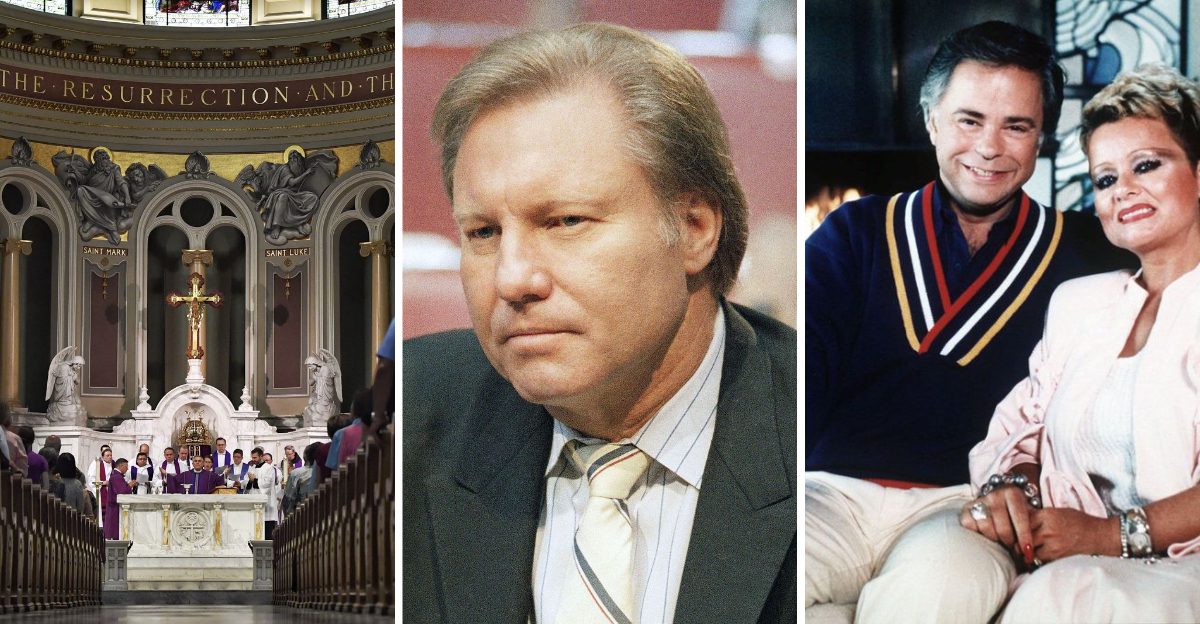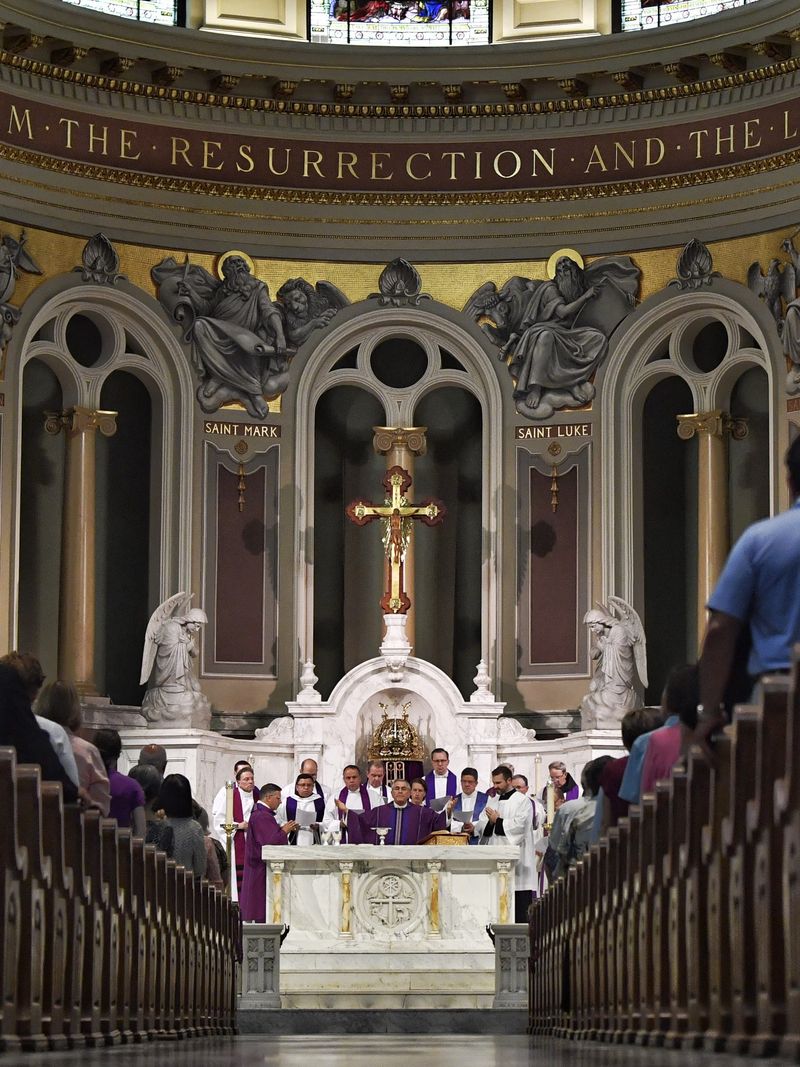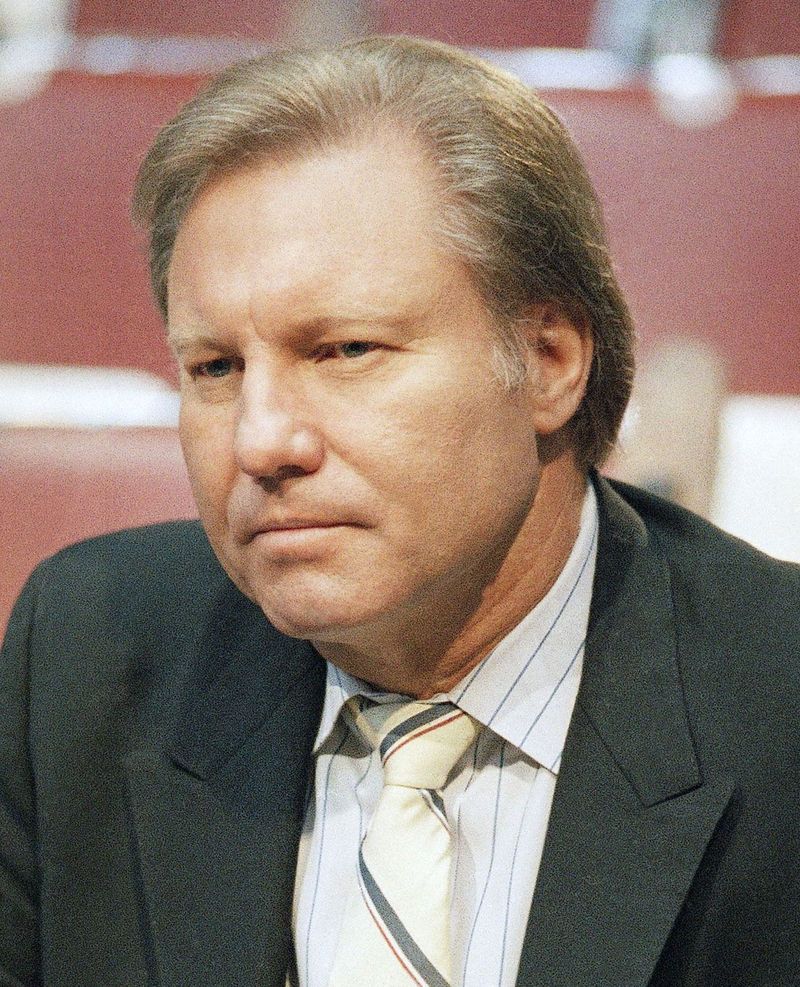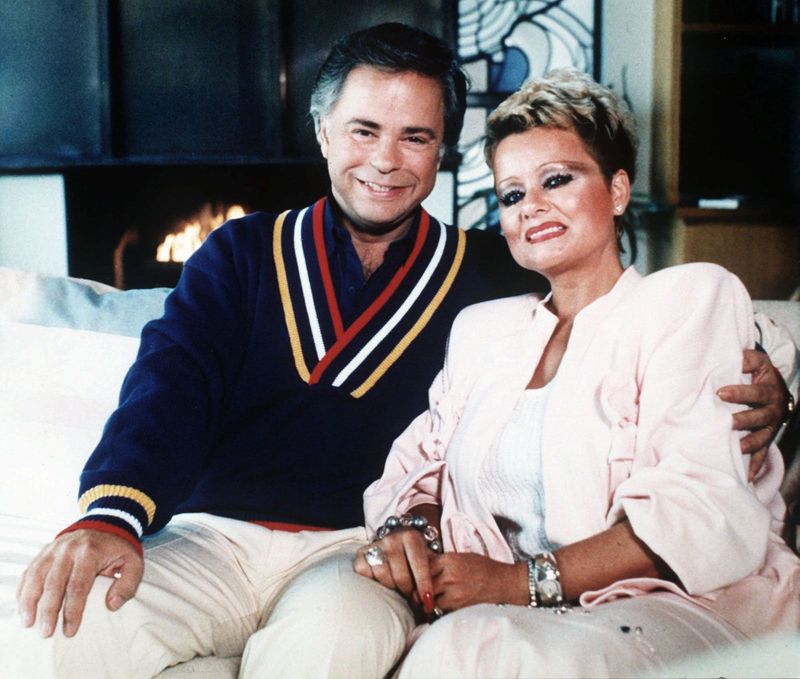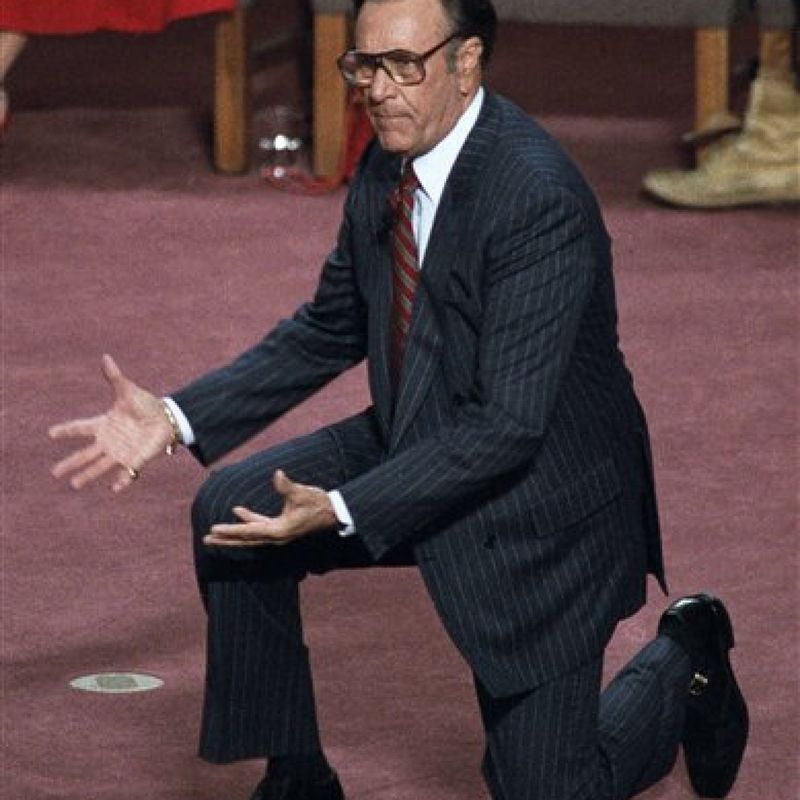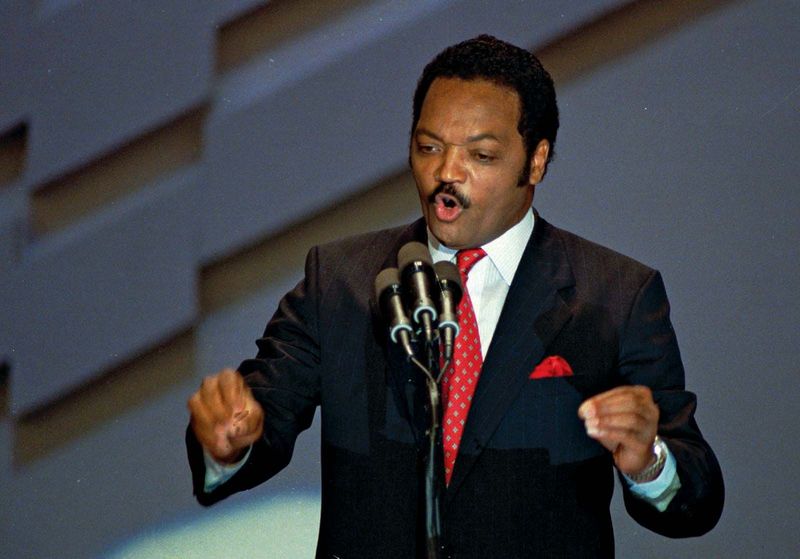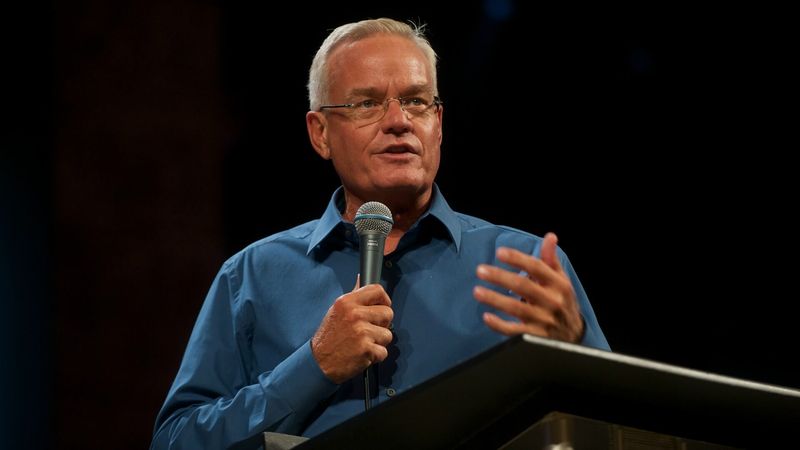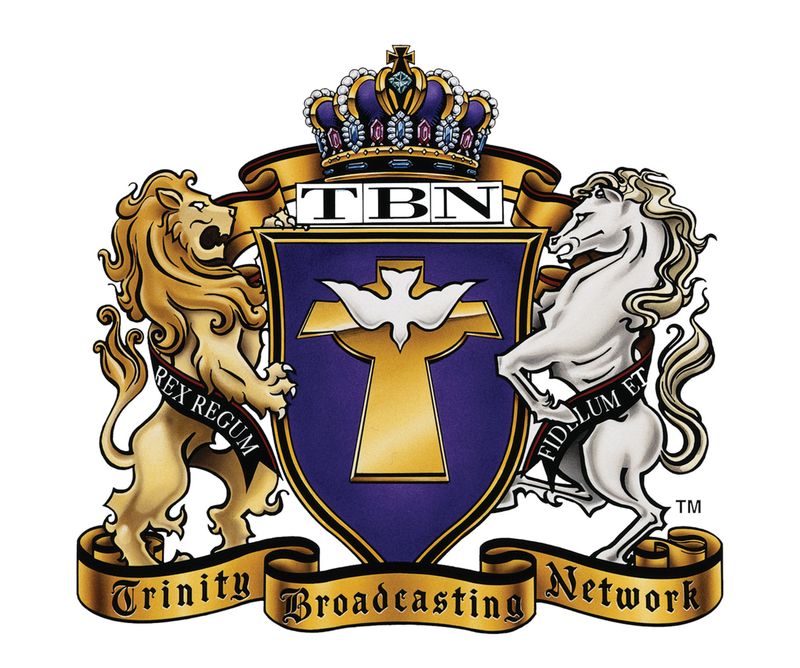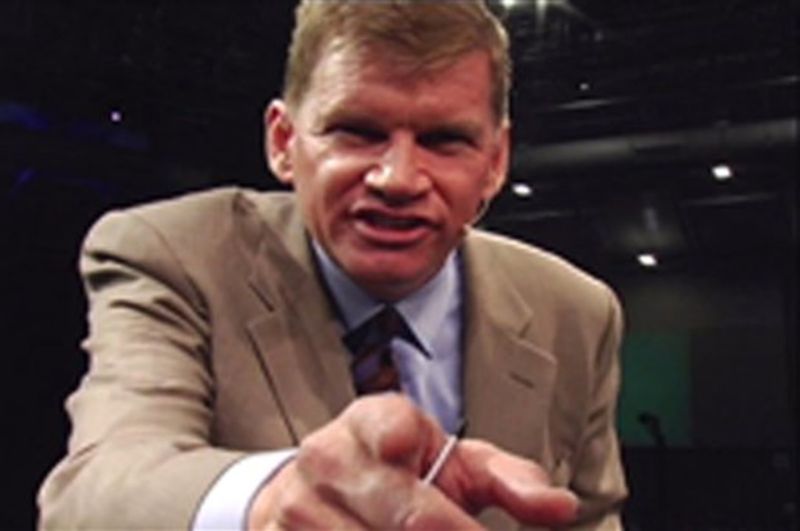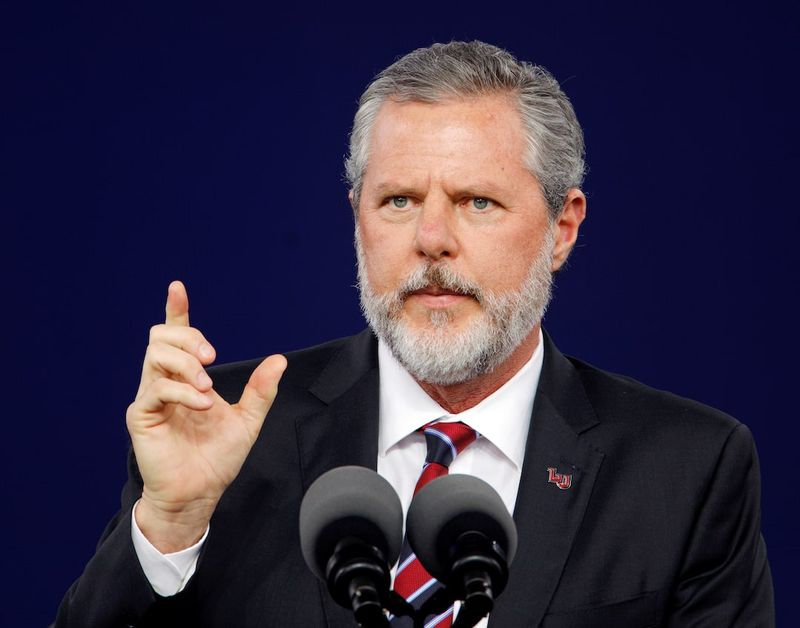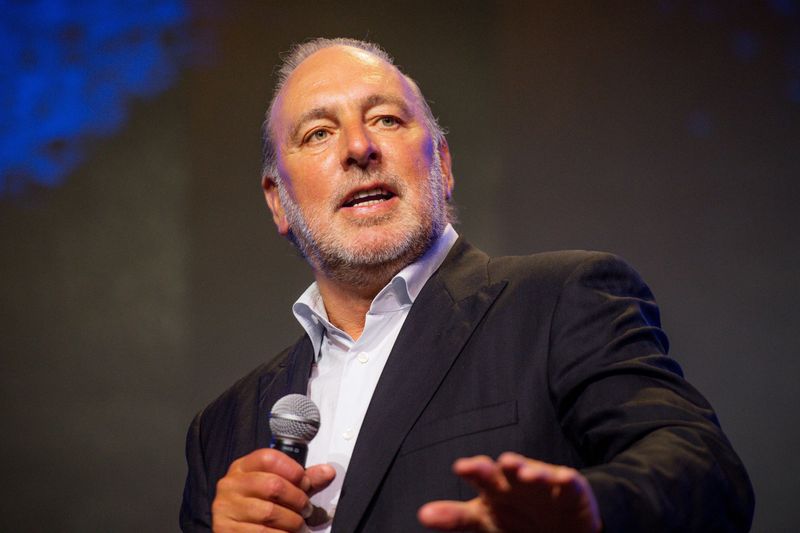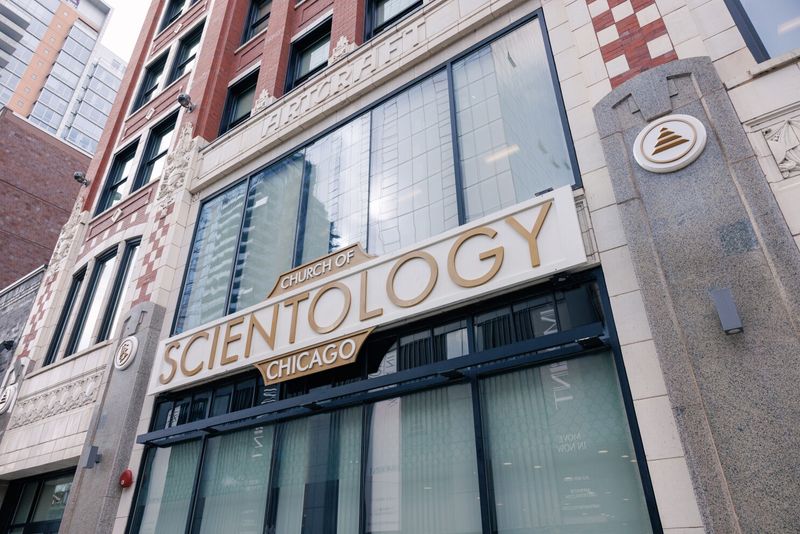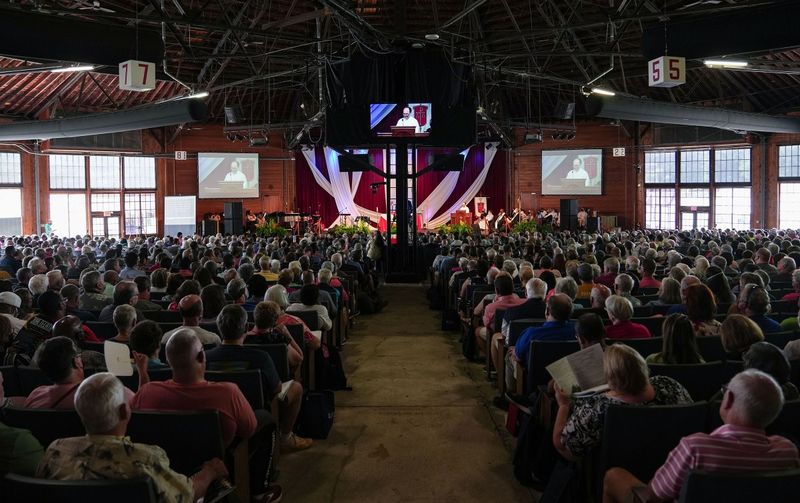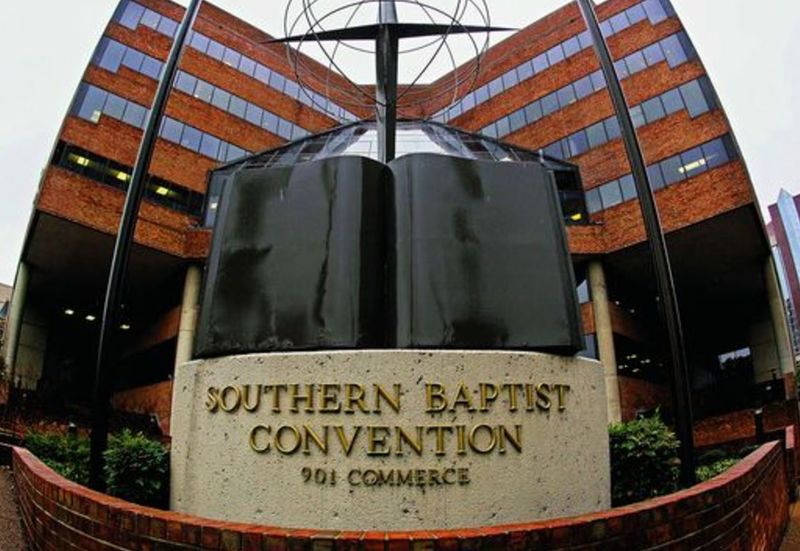The Boomer generation witnessed several church scandals that significantly impacted their faith and perception of religious institutions.
These events ranged from financial mismanagement to deeply personal betrayals, causing a spectrum of reactions from disillusionment to strengthened beliefs.
This blog post explores 16 such scandals, detailing their context, impact, and the lessons learned.
1. The Catholic Church Sexual Abuse Scandal (1990s–2000s)
The Catholic Church faced a monumental crisis in the 1990s and 2000s involving widespread sexual abuse by clergy members. Victims, often children, bravely came forward, revealing decades of abuse covered up by church leaders.
This scandal had a profound impact on the Church’s credibility and its relationship with congregants. Many were outraged by the institution’s failure to protect the vulnerable.
As reforms were demanded, the Church began implementing changes to prevent future abuses, although the scars of this dark period continue to affect many believers today.
2. Jimmy Swaggart’s Adultery Scandal (1988)
Jimmy Swaggart, a prominent televangelist in the 1980s, was embroiled in scandal when his extramarital affairs came to light. In 1988, Swaggart tearfully confessed to his congregation, seeking forgiveness.
The scandal led to a temporary downfall in his ministry as trust was broken. Swaggart had been a vocal critic of other religious figures, which made his own fall from grace highly publicized.
Despite the setback, Swaggart eventually resumed his ministry, although with a smaller following, illustrating the complexities of forgiveness and redemption in religious communities.
3. The PTL Club Scandal (1987)
The PTL Club scandal emerged in 1987, exposing financial mismanagement and corruption within the televangelist network founded by Jim and Tammy Faye Bakker. Lavish spending and questionable financial practices led to a loss of faith among supporters.
Legal battles ensued, and the Bakkers faced charges of fraud, which ultimately led to Jim Bakker’s imprisonment. The scandal highlighted the need for transparency and ethics in religious fundraising.
Supporters felt betrayed, questioning the sincerity of religious broadcasts and their focus on material wealth over spiritual teachings.
4. The Fall of Oral Roberts (1980s)
Oral Roberts, a well-known televangelist, faced intense scrutiny in the 1980s when he claimed God would “call him home” if he didn’t raise $8 million. His dramatic fundraising plea was met with skepticism and criticism.
This event tarnished Roberts’ reputation, with many questioning the ethics of such emotional appeals for money. Critics argued it exploited the faith of believers for financial gain.
Despite the controversy, Roberts’ influence persisted, but the incident remains a notable example of the challenges in balancing faith and financial stewardship.
5. Rev. Jesse Jackson’s Extramarital Affair (1984)
Rev. Jesse Jackson, a prominent civil rights leader and minister, faced a scandal in 1984 when details of his extramarital affair were revealed. The affair threatened to overshadow his significant contributions to social justice.
Public reaction was mixed, with some expressing disappointment while others focused on his ongoing activism. Jackson publicly acknowledged his mistake and sought forgiveness from his family and followers.
The scandal highlighted the personal vulnerabilities of public figures and sparked discussions on the intersection of private lives and public leadership roles.
6. The Moral Majority Controversy (1980s)
The Moral Majority, a conservative Christian political organization, rose to prominence in the 1980s. Led by Jerry Falwell, it aimed to influence American politics with a Christian agenda.
While it successfully mobilized conservative Christians, it also faced criticism for mixing religion with politics. Critics argued that it alienated non-Christians and those with differing beliefs.
This controversy sparked debates about the role of religion in public life, highlighting tensions between personal faith and political engagement, ultimately shaping future discussions on church-state separation.
7. The Rise and Fall of Reverend Moon (1970s)
Reverend Sun Myung Moon founded the Unification Church in the 1970s, gaining a large following with his charismatic leadership. However, controversies arose over the church’s practices and Moon’s claims of messianic status.
Accusations of brainwashing and financial exploitation emerged, leading to public scrutiny. Critics questioned the church’s secretive nature and Moon’s influence over followers’ lives.
Despite these challenges, the Unification Church continued to grow, but the controversies highlighted the complexities of new religious movements and their impact on individual autonomy.
8. The Willow Creek Scandal (2018)
The Willow Creek scandal erupted in 2018 when allegations of misconduct by founder Bill Hybels surfaced. Hybels, a respected leader in the megachurch movement, faced accusations from multiple women.
The church’s response, initially slow, led to resignations among its leadership and ongoing internal turmoil. Congregants struggled with disillusionment as they grappled with the revelations.
This scandal underlined the importance of accountability and addressing power dynamics within church structures, prompting reforms and conversations about safeguarding in religious communities.
9. The Trinity Broadcasting Network Scandal (1990s)
In the 1990s, Trinity Broadcasting Network (TBN) faced allegations of financial misconduct and nepotism. Reports of lavish spending by TBN executives, using donor funds, raised questions about ethical stewardship.
Critics argued that TBN prioritized wealth over its spiritual mission, leading to investigations into its financial practices. The network’s credibility suffered as viewers questioned the sincerity of its broadcasts.
The scandal underscored the need for transparency and accountability in religious organizations, emphasizing the importance of aligning financial practices with stated spiritual values.
10. The Rev. Ted Haggard Drug Scandal (2006)
Rev. Ted Haggard, a prominent evangelical pastor, faced a devastating scandal in 2006 when allegations of drug use and an extramarital affair with a male escort emerged. Haggard’s public persona as a moral leader clashed with these revelations.
The scandal led to his resignation from the New Life Church and the National Association of Evangelicals. Followers experienced a crisis of faith as they processed the betrayal.
This event highlighted the challenges of maintaining personal integrity in leadership, sparking discussions on accountability and support for leaders facing personal struggles.
11. The Catholic Priest Scandals in Boston (2002)
The 2002 Boston priest scandals brought to light extensive sexual abuse within the Catholic Church. Investigations revealed a systemic cover-up by church authorities to protect offending priests.
The revelations shocked the Catholic community, leading to widespread outrage and demands for justice. Survivors courageously shared their stories, prompting legal actions and reforms.
This scandal had a lasting impact on the Church’s reputation, emphasizing the need for transparency and protective measures, and it continues to influence how abuse cases are handled within religious institutions.
12. The Falwell Family Scandals (2000s)
The Falwell family, known for their significant religious and political influence, faced multiple scandals in the 2000s. Jerry Falwell Jr. was embroiled in controversies involving personal conduct and financial dealings.
These incidents prompted debates about the intersection of personal and public life for religious leaders. Critics questioned the family’s commitment to their espoused values.
The scandals spotlighted the challenges of maintaining integrity and transparency, urging religious leaders to align their personal actions with their public teachings to retain followers’ trust.
13. The Hillsong Church Scandals (2020s)
Hillsong Church, an influential global megachurch, faced multiple scandals in the 2020s, including allegations of misconduct by leaders and financial mismanagement. These revelations shocked its widespread congregation.
The church’s response involved internal investigations and leadership changes, aiming to rebuild trust and accountability. The situation highlighted challenges faced by large religious organizations in maintaining ethical standards.
The scandals emphasized the need for transparency and effective governance within church structures, encouraging other faith communities to reflect on their practices and ensure the well-being of their members.
14. The Sins of the “Church of Scientology” (1980s–2000s)
The Church of Scientology has faced numerous allegations of abuse and manipulation since the 1980s. Critics have accused the organization of exploiting its members and using unethical practices to silence dissent.
High-profile defections and exposés have brought attention to its secretive nature, prompting public scrutiny. The church’s aggressive legal tactics against critics have further fueled controversy.
Despite these challenges, Scientology maintains a loyal following, although the scandals have raised questions about religious freedom and the rights of individuals within religious organizations.
15. The United Methodist Church Schism (1960s-1990s)
The United Methodist Church faced a schism between the 1960s and 1990s over theological and social issues. Debates on LGBTQ+ inclusion and social justice created rifts within the denomination.
These divisions highlighted the challenges of balancing tradition with evolving societal values. Congregations split, with some members seeking more progressive interpretations while others adhered to conservative beliefs.
The schism underscored the complexities of maintaining unity in diverse religious communities, prompting ongoing dialogues about inclusivity, faith, and the evolution of religious doctrine.
16. The Investigation of the Southern Baptist Convention (2020)
In 2020, the Southern Baptist Convention faced an investigation into allegations of sexual abuse and misconduct within its ranks. Reports of mishandling abuse cases shocked the congregation and broader public.
The investigation aimed to address past wrongs and implement reforms to ensure safety and accountability. This process sparked discussions on the responsibilities of religious organizations in protecting their members.
The scandal called for greater transparency and survivor support, encouraging other religious bodies to prioritize the safety and dignity of all individuals, fostering healing and trust.
